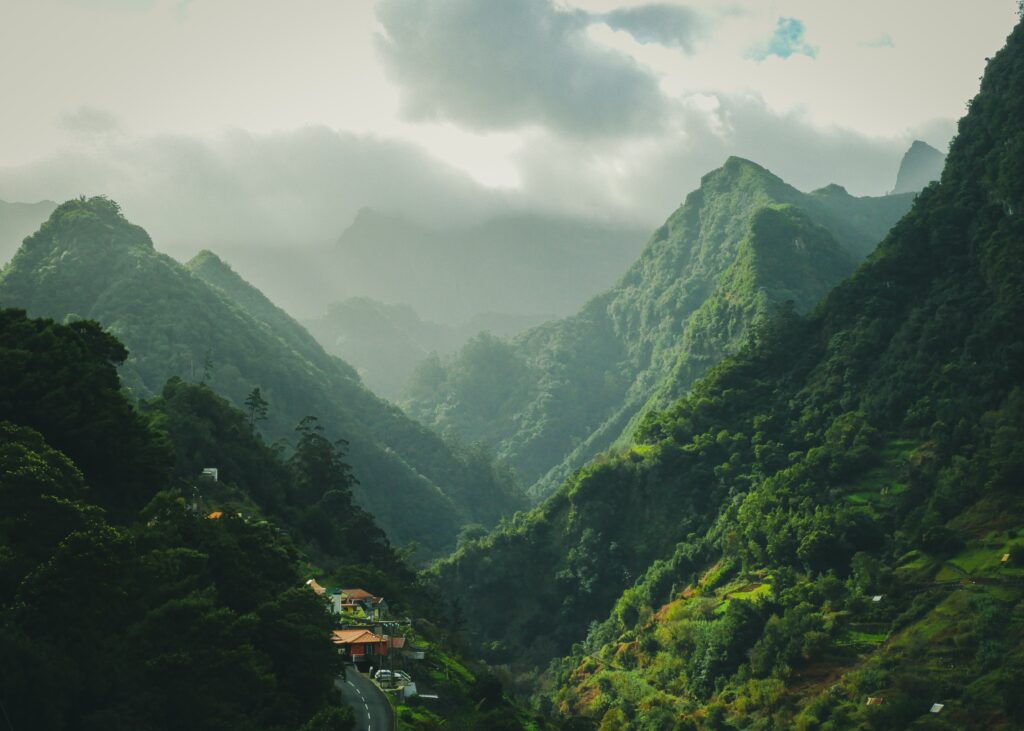Discover Gurez Kashmir's Hidden Gem
Unveiling the Beauty of Kashmir’s Hidden Gem!

Gurez
About
Gurez, or Gurais (Guráai in the local Shina language), is a valley located in the high Himalayas, about 86 kilometres (53 mi) from Bandipore and 123 kilometres (76 mi) from Srinagar, to the north of the Kashmir valley. At about 2,400 metres (8,000 ft) above sea level, the valley is surrounded by snow-capped mountains. It has diverse fauna and wildlife including the Himalayan brown bear and the snow leopard. The Kishanganga River flows through the valley.






Demographics
Religion in Gurez Tehsil (2011)
Islam (83.98%)
Hinduism (14.24%)
Sikhism (1.16%)
Christianity (0.36%)
Not Stated (0.21%)
GUREZ
History
The beauty of the picturesque valley of Gurez in north Kashmir can rival even the Swiss Alps. But the valley’s harsh climatic conditions, with many parts being avalanche-prone, coupled with continued cross-border firing till about five years back have made life here difficult.
Historically, Gurez was part of ancient Dardistan, stretching between Sharada Peeth in the west, Minimarg in the north, Drass in the east, and Bagtore in the south. The valley falls along the ancient Silk Route, which connected the Kashmir Valley with Gilgit, before continuing further to Kashgar. Archaeological surveys in valleys north of Gurez have uncovered hundreds of carved inscriptions in Kharoshthi, Brahmi, and Tibetan. In particular, the carvings provide insights into the origins of the Kashmiri people and the early history of Buddhism. The ancient capital of the Dards, Dawar, is located in the Gurez Valley and is an important archaeological site. Other archaeological sites of importance in the valley include Kanzalwan,


Where the last council of Buddhism is believed to have been held and, further downstream, the ruins of the ancient Sharda University are preserved along the Kishenganga/Neelum River. Prior to the partition of Kashmir, Gurez had been a destination for foreign tourists, including Franklin Delano Roosevelt, who is known to have visited some time before he became the US president. During the colonial period, Gurez was often visited by trekkers. Nehru and Indira Gandhi, accompanied by Sheikh Abdullah, were among those who visited the area in the 1940s, fishing for trout at Naranag, one of the lakes in the mountains above the valley.
GUREZ
Transportation

Air
There is a helipad in the tehsil headquarters Dawar. There is another helipad in Badoab, 43 kilometres from Dawar. The nearest airport is Sheikh ul-Alam International Airport in Srinagar, located 150 kilometres from Dawar. A helicopter service was started in the region by the state government in 2017. Using this service people can reach Gurez from the Sheikh ul-Alam International Airport in 20 minutes cutting down the travel time by a huge margin.

Rail
There is no railway connectivity to Gurez Valley. The nearest railway station is Sopore railway station located 115 kilometres from Dawar.

Road
The tehsil is connected to other places in Jammu and Kashmir and India by the Bandipora–Gurez Road. Road connectivity has been a major issue for the population due to their being heavy snowfall during the winter months. In 2015 the Border Roads Organisation had submitted a proposal to the Indian Central Government for the construction of a 18-km long tunnel that would ensure year long connectivity of the Gurez to the rest of the Kashmir Valley.
Tourists
What people are saying
One of the best places i have visited so far. It is just an out-of-the-world locale with pristine valleys surrounded by the mighty sub-Himalayan ranges. To make things even better, the turquoise waters of the Kishanganga river made my visit even more memorable. I did camping on the valley, which was so serene and peaceful. The Habakhatoon peak and waterfall were also splendid. Loved the food and the people of Gurez too.
It is one of Kashmir’s least explored regions and can truly be described as an offbeat destination. It is a stunningly beautiful location that does not receive the attention it deserves. The landscapes and natural beauty of the mountains that you will see here are unlike anything else you will see. Gurez was awarded the best off-beat destination by tourism department.
I have heard about Gurez Valley from 2005 - that it was beautiful, but also a little dangerous given its location along the line of control - and I have been wanting to visit ever since. I got an opportunity thanks to a trek 'Jashn-e-Gurez' organized by the company Boots and Crampons in August 2021.
Gurez is very nice! Slightly difficult to reach - by road from Srinagar via the Razdan Pass and multiple check points en route, but worth it. The people are friendly - they are of Dardi origin and their local language is Shina (and not Kashmiri). The upper reaches on the mountains are inhabited by the nomadic Bakherwal community that comes in from Poonch, Rajouri and Jammu along with their sheep and goats.

Energy
There is no central electricity in Gurez, although, as of 2009, a hydro-electric plant was constructed by the National Hydroelectric Power Corporation. It is unclear if any of the generated energy will be available to the valley itself. India had initially planned to construct a 100-metre-high dam on the Kishenganga, which would have flooded the majority of the Gurez Valley and forced nearly all of its residents to relocate. But due to resistance by the Dard Shin and by Pakistan Government, which is constructing a dam downstream, the dam’s height was reduced to 37 metres. Set for completion in 2016, the dam now diverts water from the Kishenganga towards Wular Lake in Bandipora district via a 20 kilometre concrete tunnel, and generates 330 Mega Watts electricity for the Indian States. Although construction of the dam has temporarily bring work and money into the area, the Dard Shin have expressed concern that around 130 families were forced to leave their homes and to relocate in the different districts of Jammu and Kashmir, and more than 300 hectares (740 acres) of land in the valley is submerged.
faq
Most Common FAQs
Gurez is a picturesque hill station nestled in the northern part of Kashmir, India, near the Line of Control (LoC). It is surrounded by snow-capped mountains and lush greenery.
The best time to visit Gurez is during the summer months, from May to September, when the weather is pleasant and the landscapes are in full bloom. Winter is also enchanting for those who enjoy snowfall and winter sports.
Yes, Gurez offers a range of accommodation options, including hotels, guesthouses, and cottages. It is advisable to book in advance, especially during peak tourist seasons.
Gurez is known for its scenic beauty and offers attractions like Habba Khatoon Peak, Dawar, Tulail Valley, and the stunning Kishanganga River. Nature enthusiasts can explore the surrounding meadows and trekking trails.
Yes, Gurez is generally considered safe for tourists. However, it’s essential to stay updated on the current travel advisories and follow local guidelines. Exercise caution near border areas.